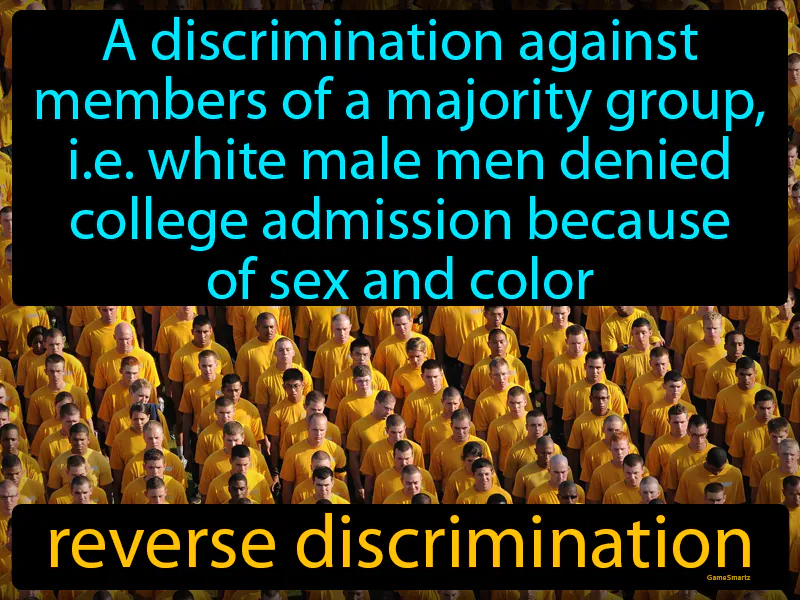Reverse Discrimination
Reverse Discrimination: Easy to understand
During the 1980-1993 period, reverse discrimination became a significant issue as some argued that affirmative action policies, which aimed to help minorities and women, were unfairly disadvantaging white males, who were the majority group. Conservatives during this time believed these policies were unjust and called for a more merit-based system. This concept was important because it sparked debates about equality, fairness, and how best to address past discrimination while ensuring everyone had equal opportunities. Today, reverse discrimination is still relevant as similar debates continue over affirmative action in schools and workplaces, with some people claiming these policies can lead to unfair treatment of majority group members. For instance, a white student might feel they were denied college admission due to affirmative action policies favoring minority students, highlighting ongoing tensions between achieving diversity and ensuring equal treatment for all.

Practice Version

Reverse Discrimination: A discrimination against members of a majority group. Reverse discrimination. In historical contexts, reverse discrimination refers to actions that favor minority groups at the expense of majority groups, often as an attempt to correct past inequalities.